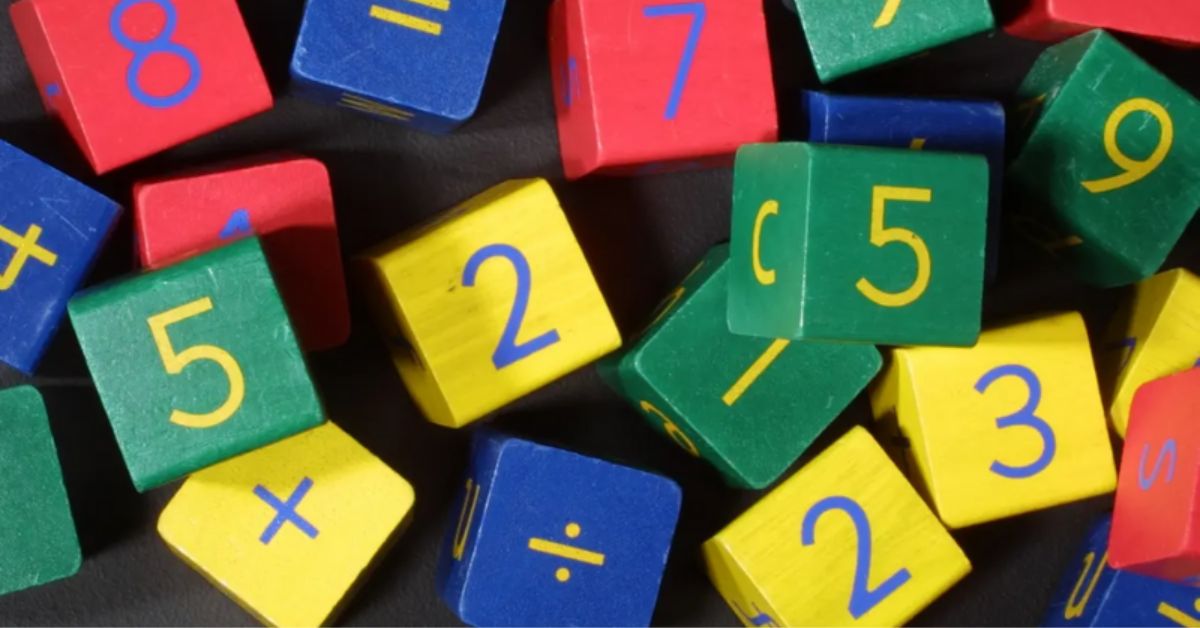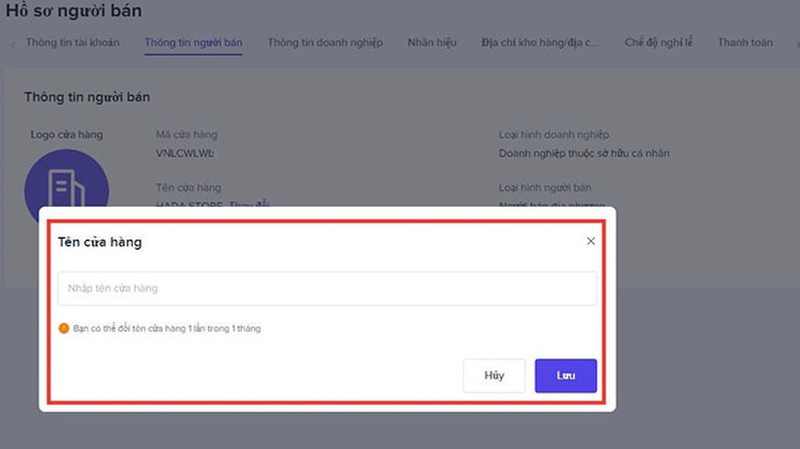The set of formulas for combinations, permutations, and permutations always makes high school students easily confused between the definitions and exact calculation formulas. During the learning process, you must clearly distinguish these three types of formulas to do exercises and tests effectively. The following article will introduce more clearly the formulas for combinations, permutations, and permutations for you to learn correctly.
- Đánh giá máy đọc sách Kindle và hướng dẫn sử dụng
- Ảnh Phật đẹp làm hình nền: Các mẫu ảnh đẹp nhất
- Tổng hợp 10 cách tạo dáng chụp ảnh cá tính, thần thái bạn nhất định phải thử
- Apple xác nhận iPhone 16 và iPhone 16 Plus có quy trình tháo pin cảm ứng điện mới
- Danh sách 15 bộ movie One Piece hay nhất mọi thời đại
Permutations in mathematics and common forms
First we will learn about permutations and the most common types of permutations:
Bạn đang xem: Bộ công thức Hoán vị – Chỉnh hợp – Tổ hợp đầy đủ nhất trong Toán học
Definition of permutation
If we explain each word, we can consider the word “hoan” to mean “exchange” and the word “vi” to mean “position”. For example, we have a set of numbers X consisting of “n” different elements (the condition is n ≥ 0). Thus, each arrangement of elements in set X in a specific order is considered a permutation of “n”. Usually, the number of permutations of “n” will be written as “Pn”.

What are the common forms of permutation?
Currently there are 3 common types:
Iterative permutation
This is a type of permutation in which when we give the number of “n” objects and among those objects there are “ni” objects of type “i” and at the same time have identical structural types. Simply put, for each type of arrangement of n elements, there will be about “n1” elements which will be “a1, n2” elements which will be “a2”… and there will be “nk” elements which will be “ak” (n1 + n2 + n3 +…..+ nk = n) arranged in random order and that is considered a repeated permutation of level “n” with type (n1, n2,…, nk) belonging to “k” elements.
Any arrangement consisting of a given order of “n” elements is called a repeated permutation of “n”.
The formula used to calculate the iterated permutation type would be:

In which, we have:
- “Pn” is a repeated permutation of order “n” with type (n1,n2,…, nk) of number “k” elements.
- n = n1 + n2 +…..+ nk: Number of elements.
- “n1” is the number of elements “a1” with the same structure
- “n2” is the number of “a2” elements with the same structure.
- “nk” is the number of “ak” elements with the same structure.
Circular permutation
This is a permutation type that includes elements inside the permutation that can create a circle with the number of elements k greater than 1 and “k” must be an integer. The formula for calculating a circular permutation is:
Q(n) = (n-1)!
Homogenous permutation
Or many people also call it exchange permutation, this is the type of permutation that has the first element with the first element, element 2 with element 2… Meaning that in reality there is no exchange between these elements.
What is combination and permutation?
Before learning the formulas for combinations and permutations, everyone must understand the following concepts:
Definition of combination
Combination is a method in which we select elements in a large group without having to distinguish them in terms of order. In some cases, you can count the number of combinations. Combination is a convolution of “k” elements of “n” elements, which means the number of groups consisting of “k” elements taken from a group of “n” elements and between them there is only a difference in the components in the structure without considering the order of the elements.

For each subset consisting of “k” elements in the large set consisting of “n” elements (with n>0), it is considered a combination consisting of “k” combinations of “n” elements.
Definition of conformity
This is a method where we select elements from a larger set while still distinguishing the order. This is in contrast to the combinatorial form which does not require distinction in order.

We have a perturbation consisting of “k” of “n” which will be a subset of a large set S consisting of “n” elements. This subset will consist of “k” elements belonging to set S and following a sorted order.
The most complete set of combination, permutation, and permutation formulas with examples
Here is the most complete set of permutation and combination formulas in Mathematics:
Formula for calculating the fit
According to the concept mentioned above, the number of permutations “k” of a set consisting of “n” elements (1≤ k ≤ n) will be calculated according to the formula:
 Formula for calculating the fit
Formula for calculating the fit
Example 1: How many ways can we arrange 3 friends Hoang, Hieu, Hung into 2 available seats?
Answer:

Example 2: There are several numbers consisting of 04 completely different digits established from the digits 1,2,3,4,5,6,7.
Answer:
Xem thêm : Cách ẩn giấu ứng dụng trên điện thoại Redmi chỉ qua vài bước đơn giản
We will have each number consisting of four completely different digits established by taking out 04 digits from set A consisting of elements 1, 2, 3, 4, 5, 6, 7 and arranging them in specific orders. Each of these numbers will be considered a permutation of 04 of 07 elements.
Therefore, the number of natural numbers generated from the above set is 840 numbers.
Formula for calculating combination
When referring to the combination formula, we will have the formula to calculate the combination including the convolution of “k” number of “n” elements (1≤ k ≤ n) as:
 Formula for calculating combination
Formula for calculating combination
In which “kn” has the answer 0 when k > n.
Example: Mr. B plays with a total of 11 people. But Mr. B wants to invite 5 of them to eat together. Of those 11 friends, 2 do not want to meet. So how many ways will Mr. B have to invite them to eat?
Answer:
Mr. B can only invite one of the two friends and he will invite about 4 more friends from the other 9 friends. So we have:

Mr. B did not send invitations to the other two friends but only sent invitations to 5 out of the nine friends. Thus we have:

In total, Mr. B will have 328 ways to invite.
Permutation calculation formula
The formula to calculate permutation is quite simple. If we have a set consisting of “n” number of elements (condition n>0) then we have the formula to calculate permutation of “n” number of elements as below:
Pn=n!

Illustrative exercise 1: Given a set named A consisting of 5 numbers 3, 4, 5, 6, 7. Based on this set, how many natural numbers consisting of 5 different digits can you establish?
Answer: You can apply the permutation formula Pn=n!. So we have P5 = 5! and the answer is 120 numbers.
Illustrative exercise 2: Please calculate the number of ways to arrange 10 people in a vertical row?
Answer:
Each arrangement of 10 people in a vertical row is a permutation of 10 elements. Thus, the number of arrangements of 10 people in a vertical row is P10 = 10!
Relationship of permutations, combinations, and permutations in mathematics
Through the concepts and formulas of combinations, permutations, and permutations above, we can see that they have a close relationship with each other. Specifically, a permutation with a combination of “k” of “n” elements will be established by performing the following two steps:
- Step 1: You take a combination of “k” convolutions of “n” elements.
- Step 2: You perform permutation for “k” elements.
So you will have the formula used to express the relationship between combination, permutation and permutation as follows:
 Formulas showing the relationship between permutations, combinations, and permutations in mathematics
Formulas showing the relationship between permutations, combinations, and permutations in mathematics
Rules for counting combinations, combinations, and permutations exactly
In addition to the formulas for combinations and permutations, students should also grasp the rules for counting combinations, combinations, and permutations correctly as follows:
Rules for counting combinations
We have a set A consisting of n elements with the condition that n > 0. Thus, a random combination of “k” elements of set A will be a subset with about “k” elements of A, where 0 ⩽ k ⩽ n ; k ∈ N.
So the number of combinations will be calculated based on this formula: n!(nk)!
Rules for counting combinations
We have a set A consisting of “n” elements with n⩾1. Thus, a permutation has “k” distinct elements belonging to A. In which there are 1⩽k⩽n, k ∈ N.
Thus the number of conformations is calculated based on this formula: n!k!(nk)!

Rules for counting permutations
Xem thêm : Đã tìm ra nguyên nhân khiến hàng loạt phương tiện trượt ngã, đổ la liệt trong hầm Kim Liên
With a set of “n” distinct elements, we can create a permutation of “r” elements taken from the set as follows:
- Take the first element, then we will have a total of n ways;
- Take the second element and we will have n-1 permutation arrangements;
- ….
Similarly, when we take the rth element in the set, we have r-1 types of permutation arrangements:
- In the case where r = n, we will have a formula to count the number of different permutations made from n elements. That is: P(n) = n!
- In case r < n then the number of permutations will be counted according to this formula: P(n,r)= n!(nr)!
Illustrative exercises for combination, permutation and permutation formulas
After understanding the formulas for combinations and permutations, you can look at some illustrative exercises as follows:
Exercise 1
The math exam for grade 12 at a high school consists of two types of questions: multiple choice and essay. Each student must take two exams, one multiple choice and one essay. There are 12 essay questions and 15 multiple choice questions. So how many ways will each student choose to take the exam?
Prize:
There will be 12 ways to choose an essay question and 15 ways to choose a multiple choice question. Therefore, a student must do both questions at the same time. Therefore, there will be a total of 12 x 15 = 180 ways to choose a test question.
Exercise 2
We have a set A consisting of the digits 1, 2, 3, 5, 7, 9:
a. From the above set, how many natural numbers consisting of 04 digits, each pair different, can be established?
b. From the above set, how many even natural numbers consisting of 5 different pairs of digits can be established?
Prize:
a. We call the 4-digit natural number n = a1a2a3a4. To get such number n, we have to choose the numbers a1, a2, a3, a4 in parallel. In which we have:
- a1 has a total of 6 ways to choose.
- a2 has a total of 5 ways to choose.
- a3 has a total of 4 options to choose from.
- a4 has a total of 3 options.
So we have a total of: 6 x 5 x 4 x 3 = 360 numbers n wants to find.
 Example illustrating combinatorial and permutational formulas
Example illustrating combinatorial and permutational formulas
b. We call the even natural number consisting of 05 numbers n = a1a2a3a4a5. In which we have:
- a5 has exactly 1 choice which is 2.
- a1 has a total of 5 ways to choose.
- a2 has a total of 4 ways to choose.
- a3 has a total of 3 options to choose from.
- a4 has a total of 2 options to choose from.
So the number n we want to find is 1 x 2 x 3 x 4 x 5 = 120 numbers.
Exercise 3
Given a set A consisting of numbers 0, 1, 2, 3, 4, 5, 6. From this set A, how many natural numbers consisting of 05 digits, each pair different, can be established and ensuring that the number 5 and the number 2 are not next to each other?
Prize:
- Find a natural number with 5 different digits in pairs at will:
A natural number consisting of 05 different digits with arbitrary pairs has the form n = a1a2a3a4a5. In which:
- a1 has a total of 6 ways to choose (a1 ≠ 0).
- a2 has a total of 6 ways to choose.
- a3 has a total of 5 options to choose from.
- a4 has a total of 4 options to choose from.
- a5 has a total of 3 options to choose from.
So we have 6 x 6 x 5 x 4 x 3 = 2169 natural numbers.

- Find a natural number consisting of 05 different digits in pairs and in which the numbers 2 and 5 cannot stand next to each other:
Suppose we have the number 2 with the number 5 as a random digit a. We will find the natural number with 04 digits:
Case 1: a1 = a
- a1 has a total of 5 ways to choose.
- a2 has a total of 4 ways to choose.
- a4 has a total of 3 options.
So we will have 5 x 4 x 3 = 60 numbers.
Case 2: a1 ≠ a so:
- a1 has a total of 4 ways to choose (Because a1 ≠ 0,2,5).
- Suppose a2 = a then there are 3 positions for the number a.
- a3 has a total of 4 options to choose from.
- a4 has a total of 3 options.
So we will have 4 x 3 x 4 x 3 = 204. And the number 2 and the number 5 can be interchanged. So we can deduce that we have: 204 x 2 = 408 numbers.
According to the problem requirements: 2160 – 408 = 1572 ways.
Through the above exercises, you can understand how to apply formulas in mathematics. These are formulas for calculating combinations, combinations, and permutations in specific problems. From there, you will do exercises quickly and absorb knowledge faster.
The formulas for combinations, permutations, and permutations are basic knowledge in high school. This formula has appeared in several high school graduation exams over the past years. Therefore, students must have a firm grasp of the above formulas for calculating combinations and permutations to facilitate their review and important exams.
See related articles:
Nguồn: https://tuyengiaothudo.vn
Danh mục: Khám phá

![[Cập nhật] Full code Anime Reborn mới nhất, miễn phí [Cập nhật] Full code Anime Reborn mới nhất, miễn phí](https://i0.wp.com/cdn.chanhtuoi.com/comment/full-code-anime-reborn.png?w=0&resize=0,0&ssl=1)








